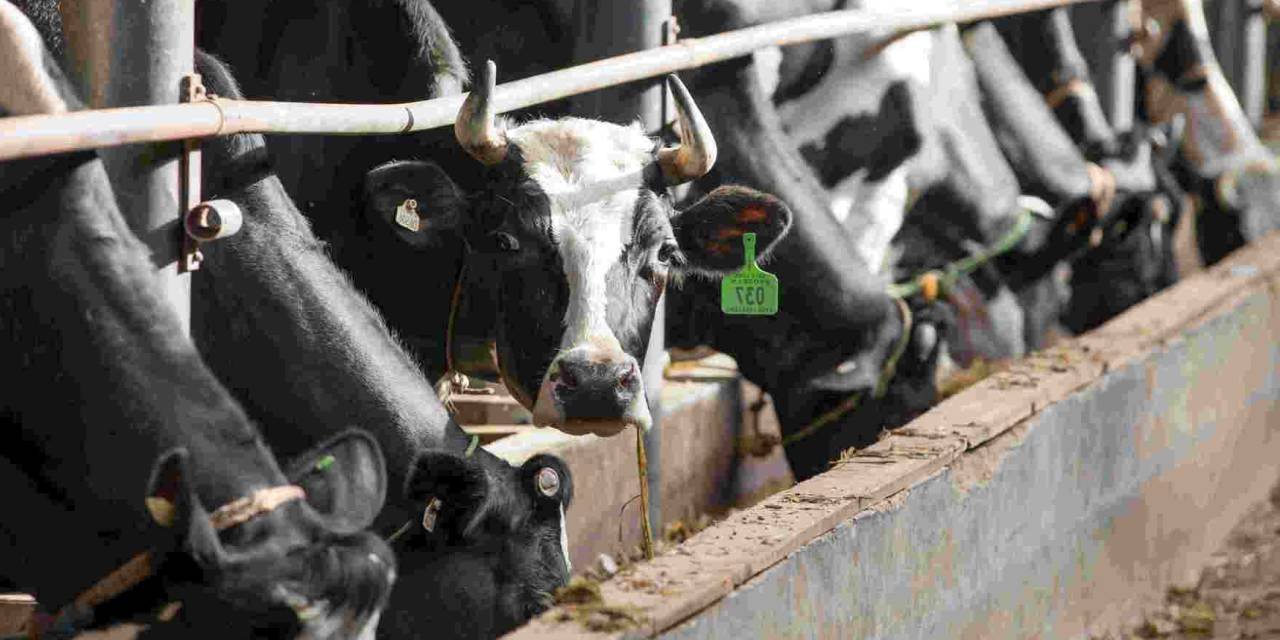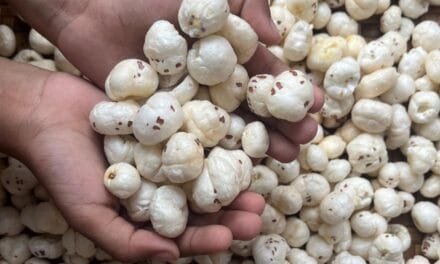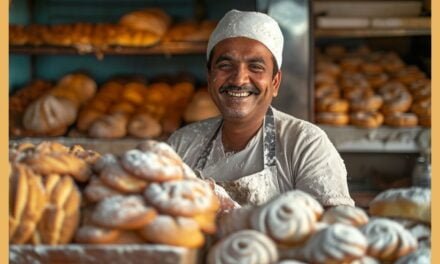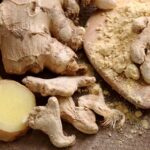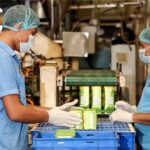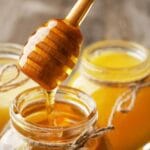India, home to nearly 15% of the world’s cattle, is witnessing rapid growth in its livestock sector. While milk production ranks first globally, the livestock sector in India still faces challenges. With stronger policy support, market-driven strategies, and innovation, livestock can become a key driver of rural incomes, food security, and India’s global competitiveness, opines TP Sethumadhavan.
- KEY TAKEAWAYS
- India accounts for 15% of global cattle and is the largest milk producer.
- Over 70% of rural households rely on livestock for supplementary income.
- Livestock contributes 31.2% to India’s agricultural income, exceeding 40% in some southern states.
- The sector’s growth rate (CAGR 12.99%) far outpaces crop agriculture (3.5–5%).
- Key challenges include fodder scarcity, low productivity, weak marketing, and quality assurance.
- Opportunities lie in value addition, branding, feed innovation, and global market integration.
India has about 194.5 million cattle, of which more than 51 million are crossbred or exotic breeds. Tamil Nadu, Uttar Pradesh, and Maharashtra lead in cattle populations, supported by focused breeding programs, while Kerala, Karnataka, and Punjab also remain important contributors.
For rural India, livestock is much more than just an agricultural activity. More than 70% of rural households depend on this sector for supplementary income, with the majority being small and marginal farmers or landless laborers. Livestock now contributes significantly to rural incomes and economic growth, accounting for approximately 31.2% of the total income from agriculture and allied sectors nationwide. In several southern states, including Tamil Nadu, Andhra Pradesh, and Kerala, the contribution exceeds 40%, owing to advanced dairy and poultry initiatives.
Livestock in India now contributes approximately 31.2% of the total income from agriculture and allied sectors nationwide. In several southern states, including Tamil Nadu, Andhra Pradesh, and Kerala, the contribution exceeds 40%, owing to advanced dairy industry developments and poultry initiatives.
The annual growth rate of the livestock sector is consistently higher than that of crop agriculture. Between 2014–15 and 2022–23, livestock recorded a compound annual growth rate (CAGR) of 12.99%, compared to just 3.5–5% for overall agriculture. Livestock’s role in the agricultural value chain is also expanding, with the commodity share (the ratio of livestock and animal products to total agricultural commodities) rising to 3.53, slightly above that of crop agriculture at 3.5. This reflects the sector’s diversification and the growing demand for dairy products, meat, poultry, and eggs.
Changing Trends in Livestock Sector
Over the past two decades, poultry and dairy have expanded much faster than cereals. Demand-driven growth is expected to continue, with developing countries projected to produce more than 60% of meat and half the world’s milk by 2025. India and China are likely to lead in milk and meat production, respectively.
India is already the world’s largest milk producer, yet productivity per animal remains less than half the global average. Contributing factors include poor nutrition, limited genetic potential, and inadequate veterinary care. Shortages of green and dry fodder add to the challenge. Studies by the NDDB reveal that nearly half of the milk produced in India is consumed in liquid form, followed by ghee, curd, butter, khoa, and milk powder. With dairy products ranking just behind cereals in household food expenditure, their share is steadily increasing.
Livestock Sector: Global Market Dynamics
Global livestock markets are rapidly evolving, with consumers paying closer attention to production systems for quality control of livestock products and food safety. In developing countries, demand for livestock products is growing by at least 5% annually. While most of this demand will be met domestically, it calls for large-scale investment in feed, production, processing, distribution, and quality control.
Evidence suggests that even small farmers can remain competitive when supported with the right policies and technologies. To ensure inclusivity, India must expand infrastructure, strengthen cooperatives, promote contract farming, and enforce FSSAI-led measures. Such measures will help small farmers benefit from the growing demand for livestock products.
Policy Reforms and Government Support for Livestock Sector
Recognizing livestock as a key driver of sustainable agriculture, the Indian Government has introduced schemes focusing on animal health, genetic improvement, and sustainable production. Increased budget allocations are reinforcing livestock’s role in rural livelihoods, income generation, and nutritional security.
Recent Policy Decisions
- The Union Cabinet approved revised budgets for major schemes: the National Program for Dairy Development (NPDD) and the Rashtriya Gokul Mission (RGM), with total outlays raised to ₹2,790 crore and ₹3,400 crore respectively for 2021–2026.
- Enhanced focus on disease control and pandemic preparedness includes international collaborations with FAO, ADB, and the World Bank. These efforts bolster India’s labs, surveillance systems, and veterinary field training.
- New “Breed Multiplication Farms” and fodder infrastructure are supported by 50% capital subsidies through the Entrepreneurship Development Programme of the National Livestock Mission, facilitating private sector partnership and innovation.
These policy updates place the livestock sector at the center of India’s agricultural growth, rural employment, and nutritional security, reflecting a holistic and well-funded approach to sector development.
Marketing Challenges and Opportunities for India’s Livestock Sector
Despite progress in breeding and production, marketing continues to lag. Nearly 85% of milk in India is sold through unorganized channels, limiting both farmer income and product quality. A stronger, market-oriented approach is essential to meet domestic and export demand.
Branding, especially in the digital age, offers a powerful solution. Value-added products, such as fat-free milk for cardiac patients, chocolates for children, or premium dairy products for export, can enable farmers to capture higher returns.
Strategies for International Competitiveness
To compete globally, India must lower production costs without compromising quality. Measures include genetic improvement of cattle, efficient use of biotechnology, and integrated farming systems. Better feed and fodder management, through the use of crop residues, industrial byproducts, and unconventional fodder sources, can help bridge shortages. Seasonal surpluses must also be stored and redistributed to ensure a year-round supply.
The meat industry presents further opportunities. Male animals can be reared for meat, and veal production can expand to meet export demand. However, strict hygiene and quality assurance are vital. Dedicated laboratories for testing milk, meat, feed, and livestock products must be established to ensure consistent quality and competitiveness in international markets.
Towards a Sustainable and Market-Oriented Future
The livestock sector is central to India’s rural economy and food security. Sustaining its growth will require balancing production efficiency with a strong market orientation. Farmers need greater awareness of value addition, branding, and food safety, while extension systems must be practical, participatory, and problem-solving in approach.
India possesses the resources and potential to emerge as a global leader in livestock production. With the right mix of policy support, innovation in food systems, and farmer empowerment, the sector can deliver higher rural incomes, improved nutrition, and greater global competitiveness, ensuring that even small and marginal farmers share in its benefits.
Livestock Sector in India: FAQs
The livestock sector supports more than 70% of rural households in India, particularly small and marginal farmers. It contributes about 31.2% of agricultural income and plays a vital role in food security, employment, and poverty reduction.
Between 2014–15 and 2022–23, the livestock sector recorded a CAGR of 12.99%, while crop agriculture grew at around 3.5–5%. This makes livestock one of the fastest-growing areas of India’s agricultural economy.
Southern states such as Tamil Nadu, Andhra Pradesh, and Kerala derive more than 40% of their agricultural income from livestock, driven by advanced dairy and poultry initiatives.
Key challenges include low productivity per animal, fodder scarcity, inadequate veterinary care, weak marketing channels, and the need for stricter food safety and quality standards.
Opportunities lie in value addition, branding, and diversification, such as producing fat-free milk, premium cheese, and poultry products. There is also strong potential for meat and dairy exports, provided quality standards are met.
The government has introduced schemes focusing on animal health, genetic improvement, fodder management, and sustainable livestock production. Increased budget allocations aim to enhance productivity, food safety, and farmer income.
With demand for meat, milk, and dairy products rising globally, India can expand its market share through genetic improvement, feed innovation, branding, and quality assurance. Meeting export standards is key to boosting global competitiveness.
Have a news or topic to share with industry? Write to us editorial@pfionline.com

